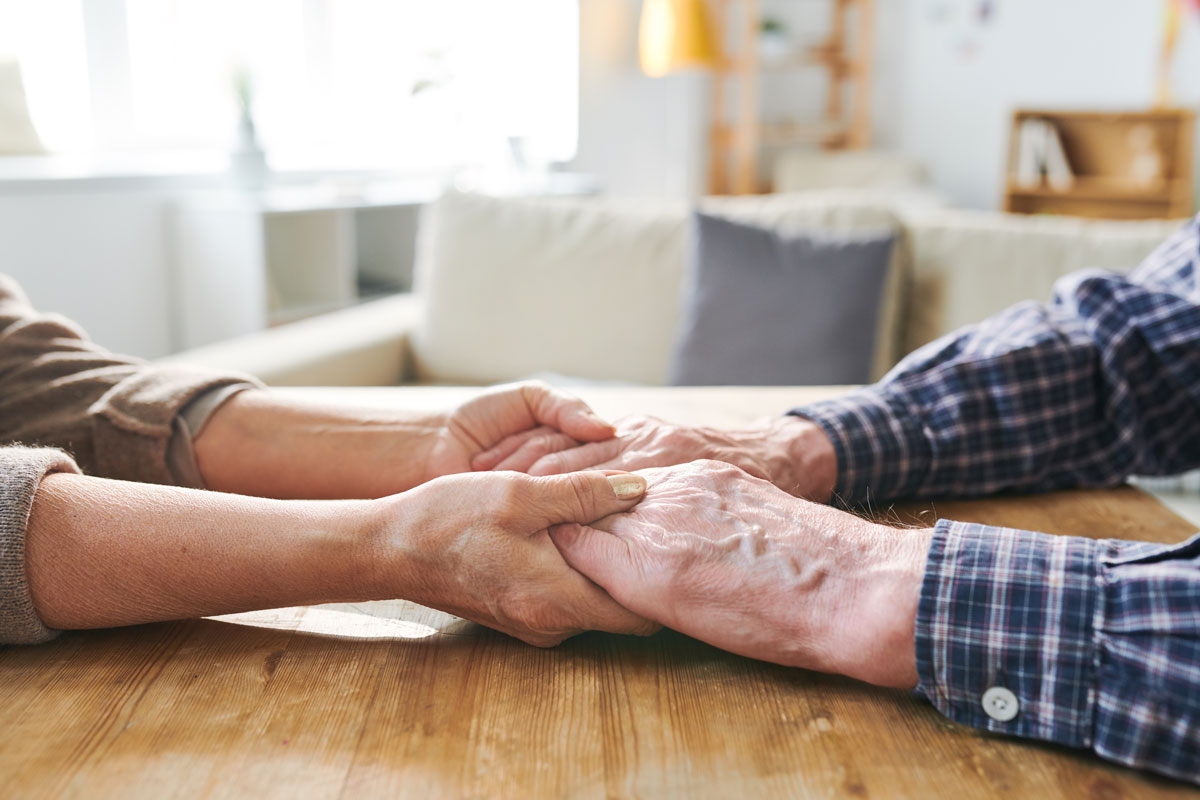Moving to an assisted living home is a big decision. However, many families put off making a move until their loved one experiences a health crisis. There are some telltale signs to help you know when it is time to consider the move.
Before moving into The Selfhelp Home, our Nurse will assess the care a person needs through a charting system. The assessment focuses on ADLs or Activities of Daily Living. The concept of ADLs was developed by a doctor named Sidney Katz in the 1960s, and it helps professionals understand how well a senior can perform day to day activities.
The Six Main ADL Categories Are:
- Bathing
- Dressing (getting dressed and choosing clothing)
- Toileting (going to the bathroom)
- Transferring (the ability to get in and out of bed)
- Continence
- Eating
Aside from the basic ADLs, The Selfhelp Home looks at a more holistic picture of daily life and the skills needed to live independently. These added activities are called IADLs, or Instrumental Activities of Daily Living.
The Five Main IADLs Include:
- Paying the bills
- Cleaning the house
- Cooking food for yourself
- Being able to transport yourself outside of the house
- Socializing
Without the clinical assessment tools of the ADLs and IADLs, there are often more subtle signs that assisted living might improve quality of life by providing the needed support. Considering these indicators early on will make you feel more comfortable if you eventually choose to move to an assisted living community.
5 Signs That It’s Time to Move Aging Parents into Assisted Living
1. Isolation: Senior isolation is a serious problem. More than 11 million seniors live alone, according to the U.S. Census, and isolation can affect older adults’ overall health and wellness. When seniors isolate themselves, they decrease their ability to participate in hobbies and social interactions with family and friends. Isolation can also result in more serious psycho-social conditions such as:
- Depression: The lack of community causes seniors to become depressed, which is correlated with diseases, such as dementia and heart disease.
- Unhealthy Habits: Isolated seniors develop bad health habits including unhealthy eating, drinking, smoking, and medication mismanagement.
- Mortality: Simply put, isolation is directly related to seniors’ mortality rate, according to a Nature study.
2. Health Decline and Frailty: As seniors age, the likelihood they develop a chronic medical condition increases. The AARP reported that more than 70 million people (aged 50 and older) have at least one chronic medical condition, including debilitating health concerns such as Alzheimer’s disease or heart disease. As older adults age, they require more medical attention and often need help with managing daily medical care. One major concern is the daily management of medication.
Outside of chronic conditions, the potential for a serious “health crisis.” If your loved one has fallen and struggled to get up on more than one occasion, it is a sign of more falls to come. Nearly one third of seniors fall at least once every year, and the death rate for falls has climbed steadily in the past decade.
3. Managing Finances: Many aging seniors have less of an ability to keep up with the financial responsibilities. You might find an increasing pile of bills, waiting to be paid. Diseases like dementia that affect cognition, decrease ability to think abstractly and complex numbers. This can lead to difficulties when doing taxes or taking care of multiple bills at one time. Seniors are often targeted for financial scams.
4. A Messy House: A common warning sign that it is time to move, is an untidy and odorous living space. Seniors often complain that they “just cannot keep up” with the mess. Sometimes it is a matter of simply getting help with chores such as vacuuming the house or washing dirty dishes. In many cases, the clutter puts your loved one at a higher risk for falling.
Take a look in the fridge. Are there spoiled foods past their expiration date? Do you see the same containers of take out from a restaurant? These may be signs that your loved one does not have access to healthy and nutritious foods.
5. Poor Hygiene: One serious sign that it is time to move to an assisted living is poor hygiene. Some signs include infrequent bathing and laundry, unkempt hair, dirty nails and a bad odor. Sometimes older adults are afraid to bathe without assistance as 80% of falls happen in the bathroom. For others, memory loss can contribute to poor hygiene. With aging comes greater susceptibility to illness. Thus, cleanliness is integral to better overall health.



